Home>Furniture & Design>Bathroom Accessories>How To Get Rid Of Mold On Bathtub
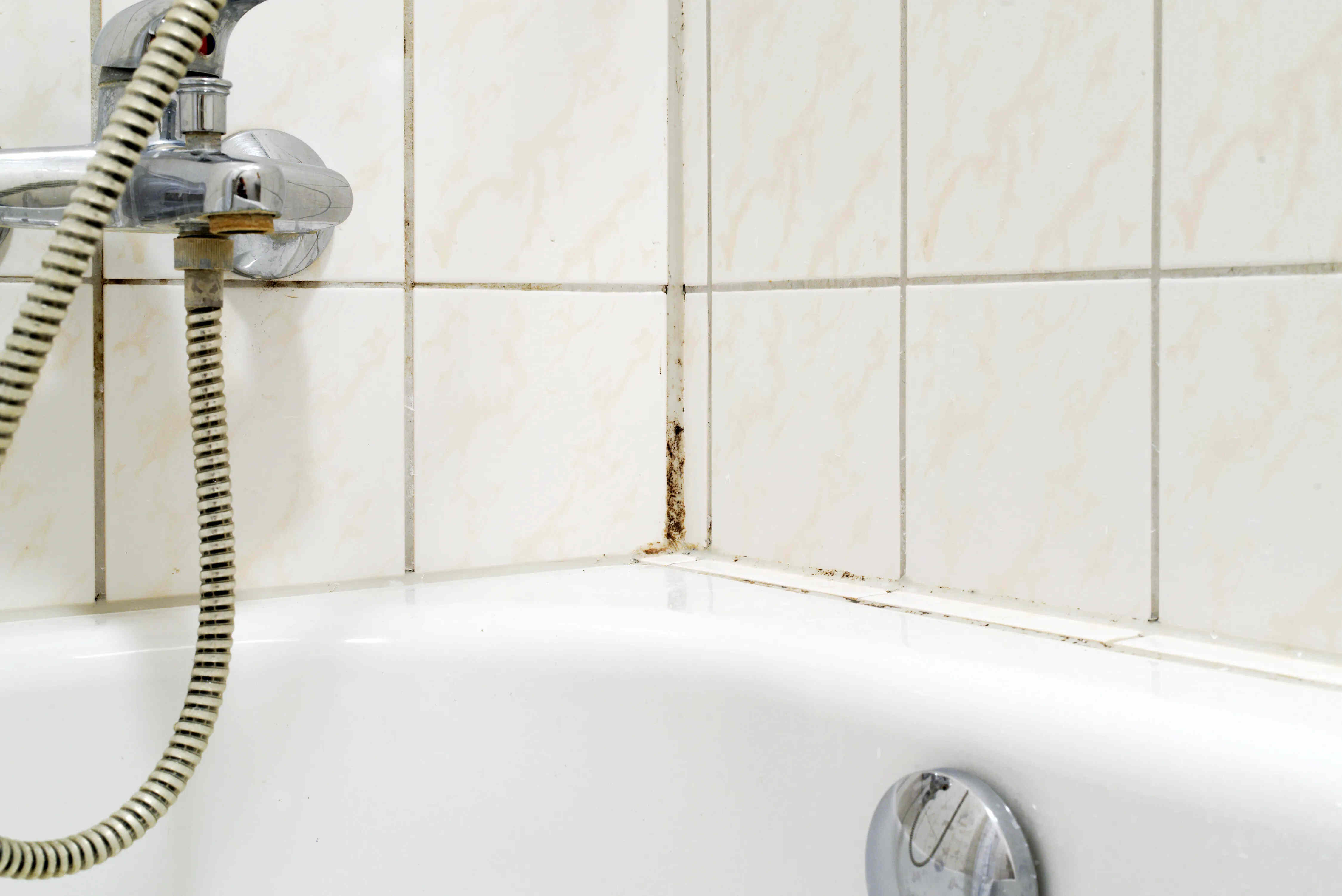

Bathroom Accessories
How To Get Rid Of Mold On Bathtub
Modified: April 22, 2024
Learn effective methods for removing mold from your bathtub and keeping your bathroom accessories clean. Get expert tips and tricks for a mold-free bathroom.
(Many of the links in this article redirect to a specific reviewed product. Your purchase of these products through affiliate links helps to generate commission for Storables.com, at no extra cost. Learn more)
Introduction
Dealing with mold on your bathtub can be a frustrating and unsightly problem. Not only does it detract from the overall appearance of your bathroom, but it can also pose potential health risks if left unaddressed. Fortunately, with the right knowledge and tools, you can effectively eliminate mold and prevent its recurrence, restoring your bathtub to its pristine condition.
Mold thrives in damp and humid environments, making the bathroom an ideal breeding ground. The combination of moisture, warmth, and organic matter provides the perfect conditions for mold spores to take hold and proliferate. Common culprits for mold growth in the bathroom include poor ventilation, water leaks, and lingering moisture from showers and baths.
In addition to being an eyesore, mold can also lead to respiratory issues and allergies, particularly for individuals with sensitivities to mold spores. Therefore, it's crucial to address mold growth promptly and take proactive measures to prevent its return.
In this comprehensive guide, we will walk you through the process of removing mold from your bathtub and share valuable tips for preventing future mold growth. By following these steps and implementing preventive measures, you can reclaim a clean and hygienic bathroom environment, free from the clutches of mold. Let's dive into the details of understanding mold on the bathtub and the tools and materials needed to tackle this common household challenge.
Key Takeaways:
- Say goodbye to mold on your bathtub by using vinegar, hydrogen peroxide, and bleach. Protect yourself with gloves and goggles, and keep your bathroom well-ventilated during the cleaning process.
- Keep your bathtub mold-free by improving ventilation, using mold-resistant products, and addressing leaks. Regular cleaning and maintenance are key to preventing future mold growth.
Read more: How To Get Rid Of Mold On Brick
Understanding Mold on Bathtub
Mold is a type of fungus that thrives in damp, warm, and poorly ventilated environments, making the bathroom an ideal breeding ground. When it comes to the bathtub, mold tends to accumulate in areas that are frequently exposed to moisture, such as the grout between tiles, caulking, and the surface of the tub itself.
The most common type of mold found in bathrooms is black mold, scientifically known as Stachybotrys chartarum. This type of mold appears as dark green or black patches and can release spores into the air, potentially causing respiratory issues and allergic reactions in susceptible individuals.
Mold growth on the bathtub is often a result of lingering moisture from showers and baths, inadequate ventilation, and the presence of organic matter for the mold to feed on. Soap scum, body oils, and other residues provide a food source for mold, exacerbating its growth and persistence.
In addition to the unsightly appearance, mold on the bathtub can lead to a musty odor and compromise the overall cleanliness of the bathroom. Furthermore, prolonged exposure to mold spores can pose health risks, particularly for individuals with respiratory conditions or allergies.
Understanding the factors that contribute to mold growth in the bathroom is crucial for effectively addressing the issue. By recognizing the conditions that promote mold proliferation, such as high humidity, poor ventilation, and organic residues, you can take targeted steps to eliminate existing mold and prevent its recurrence.
In the next section, we will delve into the essential tools and materials needed to tackle mold on the bathtub, equipping you with the necessary resources to effectively combat this common household challenge.
Tools and Materials Needed
To effectively tackle mold on your bathtub, you will need a range of tools and materials to facilitate the removal process and implement preventive measures. Here's a comprehensive list of essential items to have on hand:
1. Protective Gear:
- Rubber gloves: Ensure to protect your hands from direct contact with mold and cleaning agents.
- Safety goggles: Shield your eyes from potential splashes of cleaning solutions and mold particles.
2. Cleaning Solutions:
- White vinegar: Known for its natural antimicrobial properties, white vinegar is an effective and eco-friendly mold remover.
- Hydrogen peroxide: A powerful antifungal agent that can effectively combat mold and mildew.
- Bleach: An effective disinfectant for eliminating mold, especially on non-porous surfaces. Use with caution and ensure proper ventilation.
Read more: How To Get Rid Of Mold In Toilet
3. Scrubbing Tools:
- Stiff-bristled brush: Ideal for scrubbing mold from grout lines and textured surfaces.
- Sponge or microfiber cloth: Use for applying cleaning solutions and wiping away mold residue.
4. Protective Sealant:
- Silicone caulk: If the mold has infiltrated the caulking around the bathtub, you may need to replace it with a mold-resistant silicone caulk after cleaning.
5. Ventilation:
- Fan or dehumidifier: Improve air circulation and reduce moisture levels in the bathroom to inhibit future mold growth.
6. Preventive Products:
- Mold-resistant paint or primer: Consider applying these products to inhibit mold growth on painted surfaces.
Read more: How To Get Rid Of Mold On Grass
7. Optional Additions:
- Essential oils: Some individuals prefer adding essential oils, such as tea tree oil or lavender oil, to their cleaning solutions for a pleasant fragrance and additional antimicrobial properties.
By assembling these tools and materials, you will be well-equipped to address mold on your bathtub effectively. It's essential to prioritize safety by using protective gear and following proper ventilation practices when working with cleaning solutions. With these resources at your disposal, you can proceed to the next steps of removing the mold and implementing preventive measures to maintain a mold-free bathtub environment.
Step 1: Safety Precautions
Before embarking on the task of removing mold from your bathtub, it's crucial to prioritize safety to protect yourself from potential health hazards associated with mold exposure and cleaning agents. Implementing the following safety precautions will ensure a safe and controlled environment for addressing the mold issue effectively.
1. Protective Gear:
Wearing appropriate protective gear is essential to shield yourself from direct contact with mold and cleaning solutions. Rubber gloves provide a barrier against skin exposure to mold spores and harsh chemicals, preventing skin irritation and potential allergic reactions. Additionally, safety goggles are vital for safeguarding your eyes from accidental splashes of cleaning solutions and airborne mold particles, reducing the risk of eye irritation and discomfort.
2. Ventilation:
Proper ventilation is key to minimizing exposure to airborne mold spores and fumes from cleaning agents. Open windows and doors to facilitate air circulation and ensure adequate ventilation during the mold removal process. If natural ventilation is insufficient, consider using a fan or dehumidifier to improve air circulation and reduce moisture levels in the bathroom, creating a less conducive environment for mold growth.
Read more: How To Get Rid Of Mold In Basement
3. Cleaning Solutions:
When working with cleaning solutions such as bleach, hydrogen peroxide, or commercial mold removers, it's essential to follow the manufacturer's instructions and safety guidelines. Ensure the area is well-ventilated, and avoid mixing different cleaning agents, as this can result in hazardous chemical reactions. If using bleach, dilute it according to recommended ratios and take precautions to prevent accidental skin or eye contact.
4. Minimize Airborne Contamination:
To prevent the spread of mold spores to other areas of the bathroom and beyond, minimize activities that could dislodge and disperse mold particles into the air. Gentle and deliberate movements when scrubbing and cleaning will help contain the mold and reduce the risk of spreading it to unaffected areas.
By adhering to these safety precautions, you can create a secure and controlled environment for addressing mold on your bathtub. Prioritizing safety not only protects your well-being but also ensures a more effective and focused approach to mold removal. With these precautions in place, you can proceed with confidence to the next step of removing the mold from your bathtub, knowing that you have taken the necessary measures to safeguard your health and well-being.
Step 2: Removing the Mold
Now that you have taken the essential safety precautions, it's time to tackle the task of removing the mold from your bathtub. This step-by-step process will guide you through the effective removal of mold, restoring your bathtub to a clean and hygienic state.
1. Prepare the Cleaning Solution:
Begin by preparing the cleaning solution of your choice. White vinegar, hydrogen peroxide, or a diluted bleach solution are effective options for combating mold. If using bleach, ensure proper ventilation and follow recommended dilution ratios to create a safe and potent cleaning solution.
Read more: How To Get Rid Of Bathtub Scum
2. Apply the Cleaning Solution:
Carefully apply the cleaning solution to the mold-affected areas of the bathtub. Use a spray bottle or sponge to coat the mold-infested surfaces thoroughly. Allow the cleaning solution to penetrate the mold and mildew, breaking down their structure for easier removal.
3. Scrub and Agitate:
Using a stiff-bristled brush, scrub the mold-infested areas vigorously. Focus on grout lines, caulking, and any textured surfaces where mold tends to proliferate. The goal is to dislodge and remove the mold from the surface, breaking up its hold and facilitating its elimination.
4. Rinse and Repeat:
After scrubbing, rinse the bathtub thoroughly to remove the loosened mold residue and cleaning solution. Inspect the treated areas to ensure that all visible mold has been effectively removed. If any stubborn mold patches persist, repeat the application of the cleaning solution and scrubbing process until the mold is completely eradicated.
5. Address Caulking and Seals:
If the mold has infiltrated the caulking around the bathtub, consider replacing it with a mold-resistant silicone caulk after cleaning. Properly sealing the joints and edges of the bathtub with mold-resistant caulk will help prevent future mold growth and maintain a clean, watertight seal.
Read more: How To Get Rid Of Mold In Toilet Bowl
6. Dry and Ventilate:
Once the mold removal process is complete, thoroughly dry the bathtub and ensure proper ventilation in the bathroom. Use towels or a fan to expedite the drying process, minimizing residual moisture that could contribute to future mold growth.
By diligently following these steps, you can effectively remove mold from your bathtub, restoring it to a pristine and mold-free condition. With the mold eradicated and preventive measures in place, you can enjoy a clean and hygienic bathing environment, free from the unsightly presence of mold.
Step 3: Preventing Future Mold Growth
Preventing future mold growth is essential to maintain a clean and hygienic bathtub environment. After successfully removing the existing mold, implementing proactive measures to inhibit mold recurrence is crucial. By addressing the underlying factors that contribute to mold growth and implementing preventive strategies, you can effectively safeguard your bathtub against the reappearance of mold.
1. Improve Ventilation:
Enhancing ventilation in the bathroom is paramount for reducing moisture levels and inhibiting mold growth. Ensure that the bathroom is adequately ventilated during and after showers or baths. Consider installing a ventilation fan to expel humid air and promote air circulation, effectively reducing the moisture that fuels mold proliferation.
2. Regular Cleaning and Maintenance:
Establish a regular cleaning routine to prevent the buildup of organic matter and moisture that can foster mold growth. Wipe down the bathtub and surrounding areas after each use to remove excess moisture and minimize the accumulation of soap scum and residues. Regular maintenance will deter the conditions conducive to mold development.
Read more: How To Get Rid Of Bubbles In Bathtub
3. Use Mold-Resistant Products:
Opt for mold-resistant paint or primer for bathroom walls and ceilings to create an inhospitable environment for mold. These specialized products contain additives that inhibit mold growth, providing an additional layer of protection against mold infestation in painted surfaces.
4. Address Leaks and Moisture Sources:
Promptly repair any leaks in plumbing fixtures, faucets, or the bathtub itself to prevent water accumulation and dampness. Addressing moisture sources effectively mitigates the conditions that support mold proliferation, reducing the likelihood of mold recurrence.
5. Utilize a Dehumidifier:
Consider using a dehumidifier in the bathroom to extract excess moisture from the air, maintaining optimal humidity levels and discouraging mold growth. A dehumidifier can be particularly beneficial in bathrooms with inadequate ventilation, helping to create an environment that is less conducive to mold development.
6. Regular Inspection:
Periodically inspect the bathtub, grout lines, caulking, and surrounding areas for any early signs of mold growth. Early detection allows for prompt intervention, preventing the spread of mold and minimizing the extent of remediation required.
By incorporating these preventive measures into your maintenance routine, you can effectively safeguard your bathtub against future mold growth. Consistent vigilance and proactive maintenance will help maintain a clean and mold-free bathing environment, ensuring that your efforts in removing mold are sustained over time.
Read more: How To Get Rid Of Black Mold In Sink
Conclusion
In conclusion, addressing mold on your bathtub is a manageable task when approached with the right knowledge, tools, and preventive strategies. By understanding the factors contributing to mold growth, equipping yourself with essential tools and materials, and following a systematic approach to mold removal, you can effectively restore your bathtub to a clean and hygienic state.
The presence of mold on the bathtub not only detracts from the visual appeal of your bathroom but also poses potential health risks. Mold thrives in damp and poorly ventilated environments, making the bathroom an ideal breeding ground. Understanding the nature of mold and its propensity for growth in such conditions is crucial for implementing targeted remediation and preventive measures.
The process of removing mold from the bathtub involves essential safety precautions, including the use of protective gear and proper ventilation. By prioritizing safety, you can create a secure environment for addressing the mold issue effectively while minimizing potential health hazards associated with mold exposure and cleaning agents.
The systematic approach to mold removal, including the preparation and application of cleaning solutions, thorough scrubbing, and addressing caulking and seals, ensures the comprehensive eradication of mold from the bathtub. Additionally, implementing preventive measures such as improving ventilation, regular cleaning and maintenance, and utilizing mold-resistant products, is essential for inhibiting future mold growth and maintaining a clean bathing environment.
By diligently following these steps and incorporating preventive strategies into your maintenance routine, you can effectively safeguard your bathtub against the reappearance of mold. Consistent vigilance and proactive maintenance will help maintain a clean and mold-free bathing environment, ensuring that your efforts in removing mold are sustained over time.
In essence, by arming yourself with the knowledge and tools to combat mold on your bathtub and implementing preventive measures, you can reclaim a clean and hygienic bathroom environment, free from the clutches of mold. With these insights and strategies at your disposal, you can confidently address mold issues and maintain a pristine bathtub for a refreshing and enjoyable bathing experience.
Frequently Asked Questions about How To Get Rid Of Mold On Bathtub
Was this page helpful?
At Storables.com, we guarantee accurate and reliable information. Our content, validated by Expert Board Contributors, is crafted following stringent Editorial Policies. We're committed to providing you with well-researched, expert-backed insights for all your informational needs.
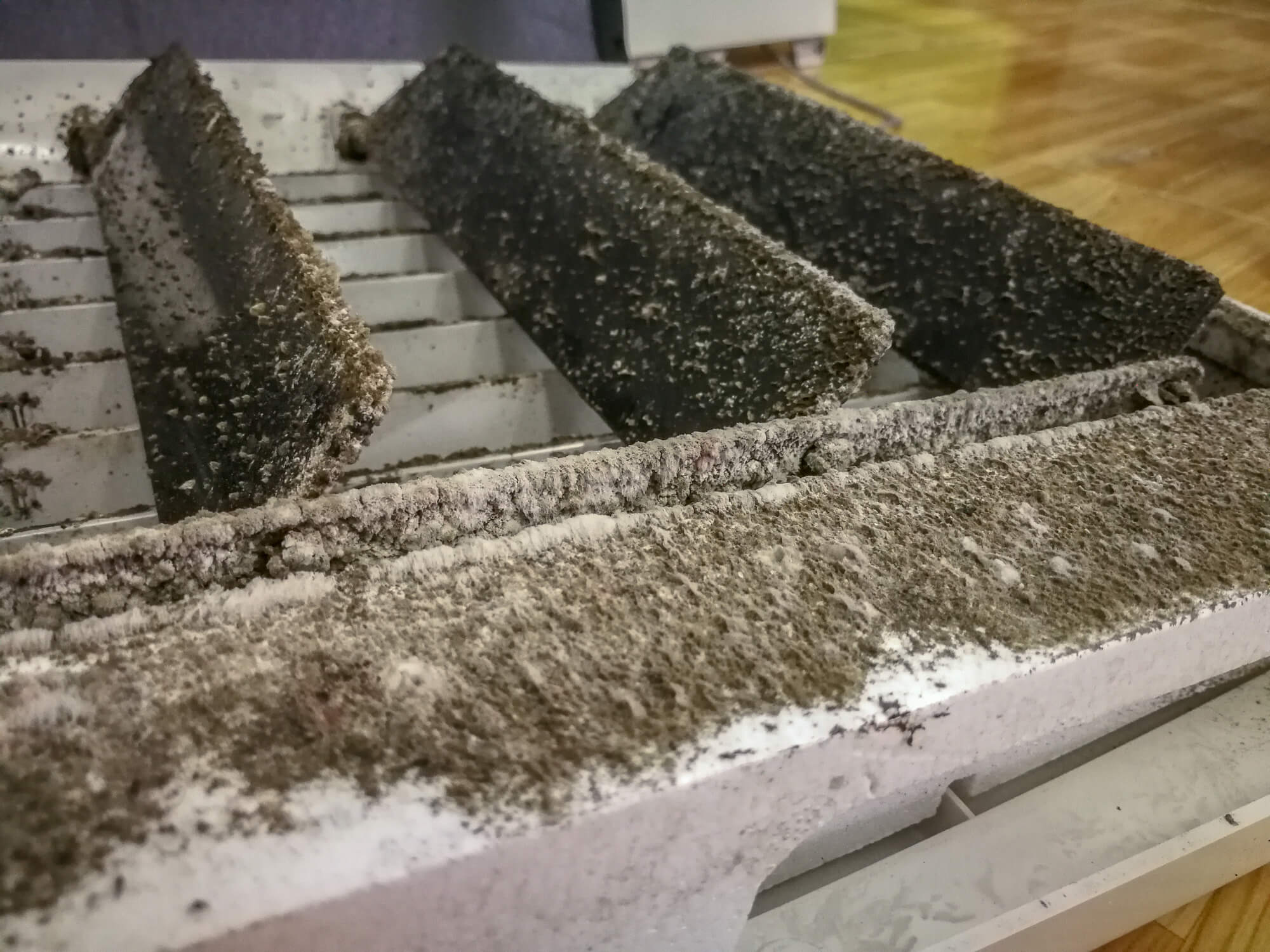
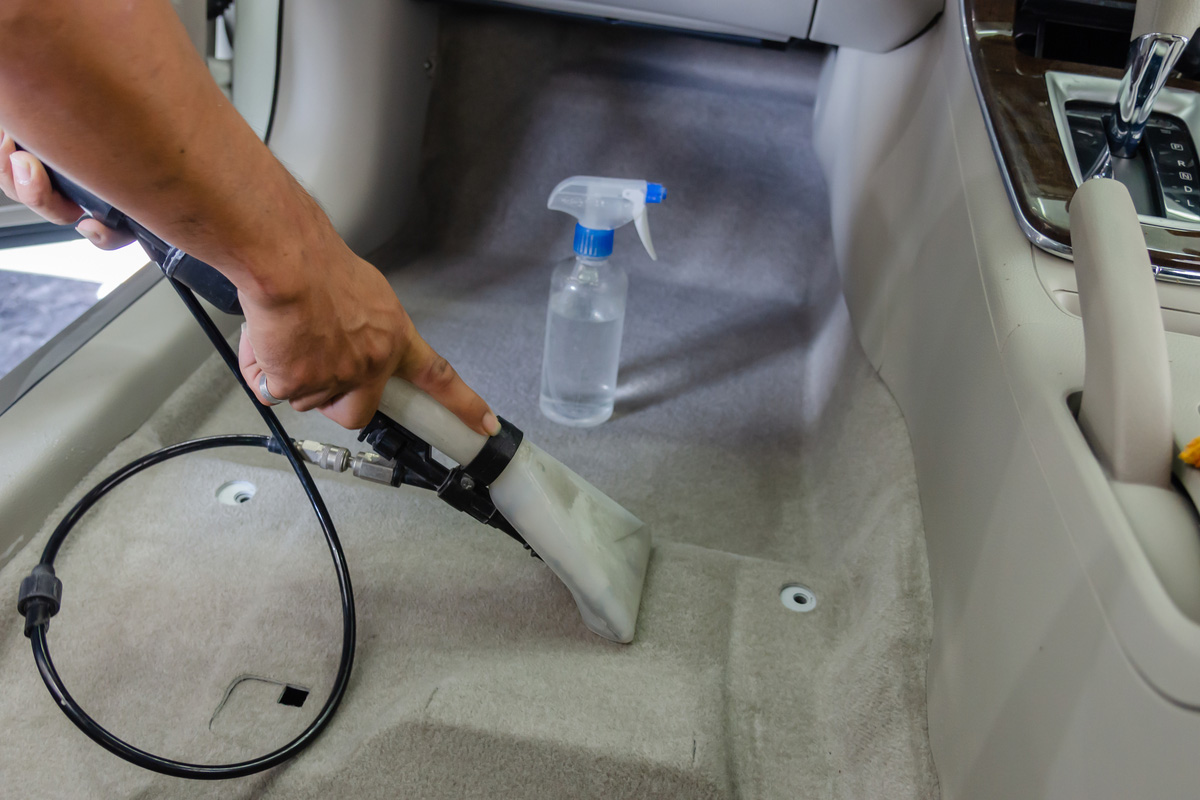
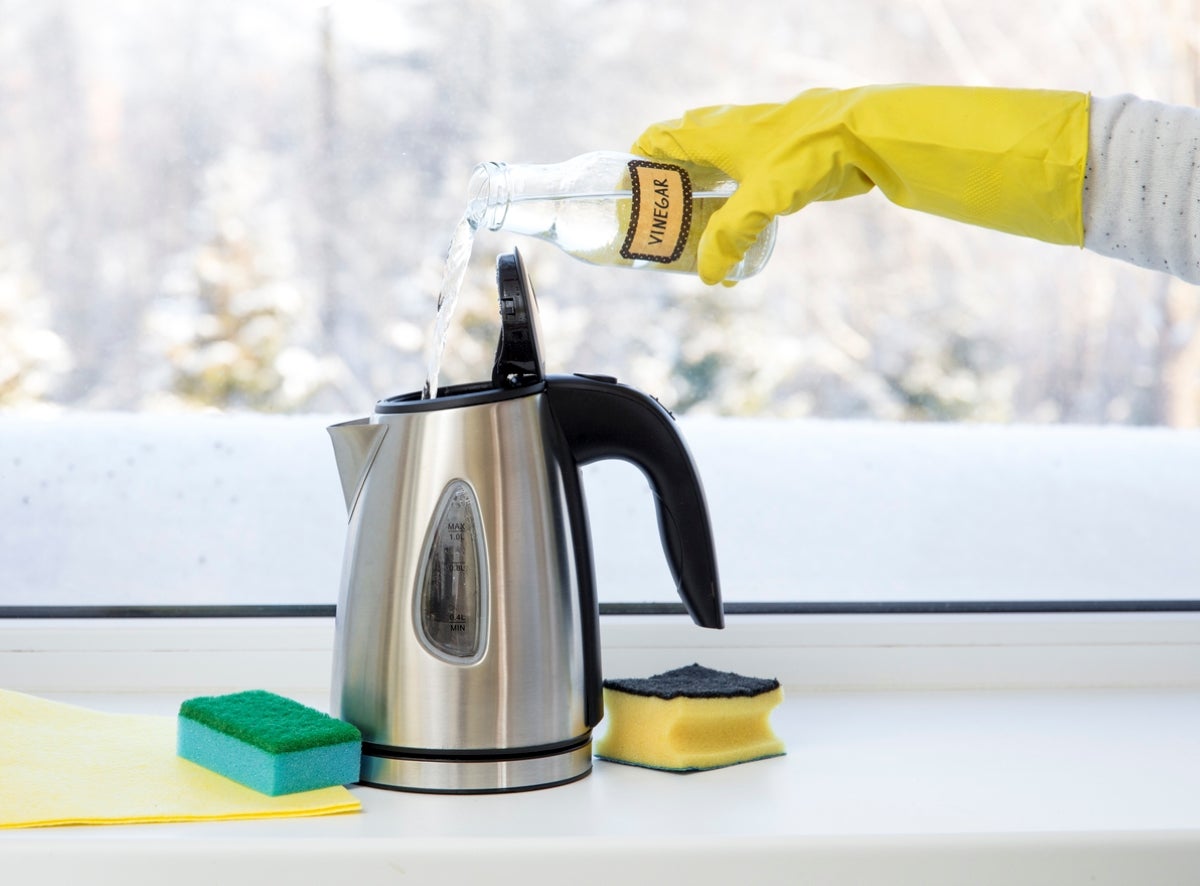
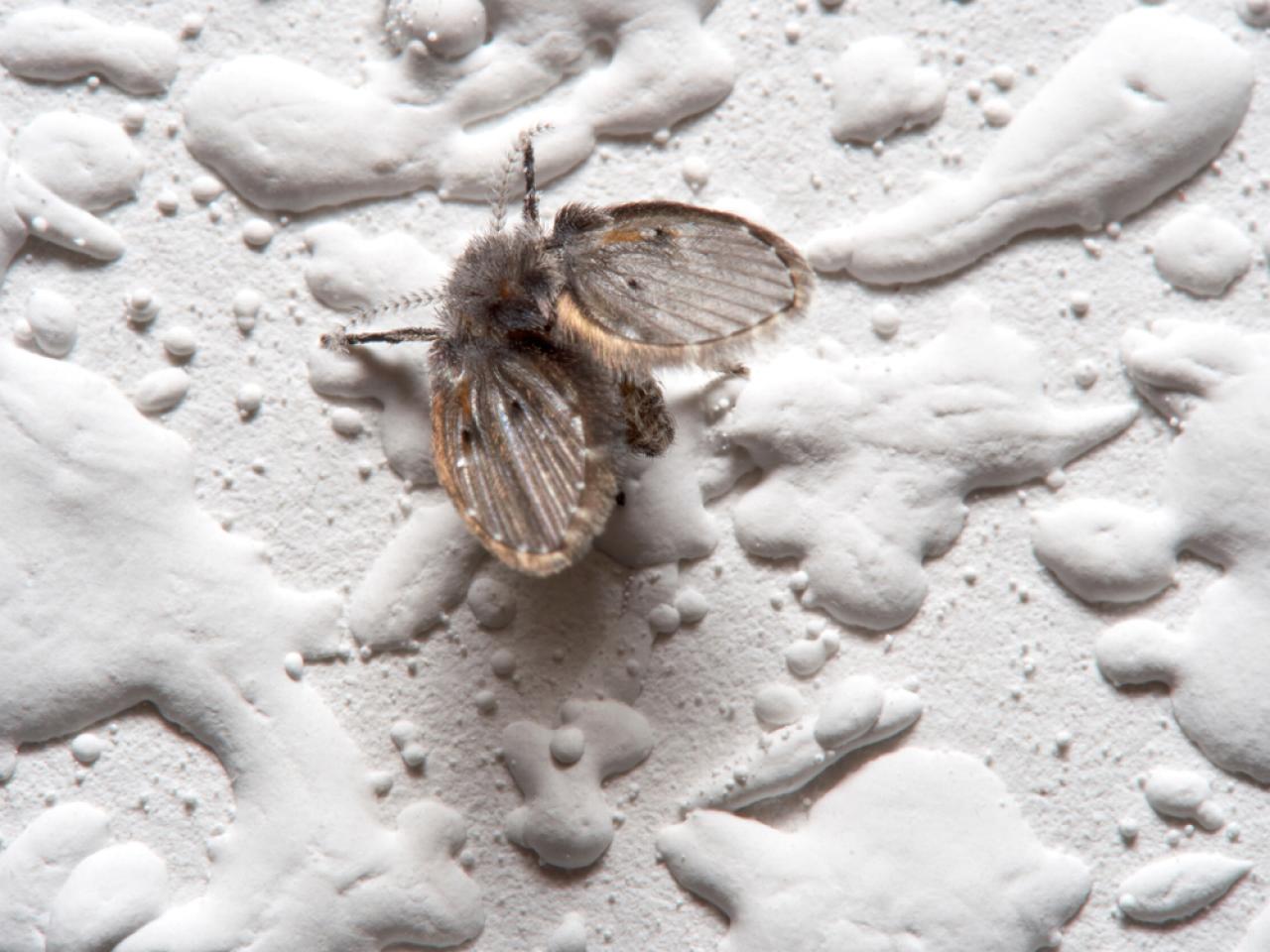
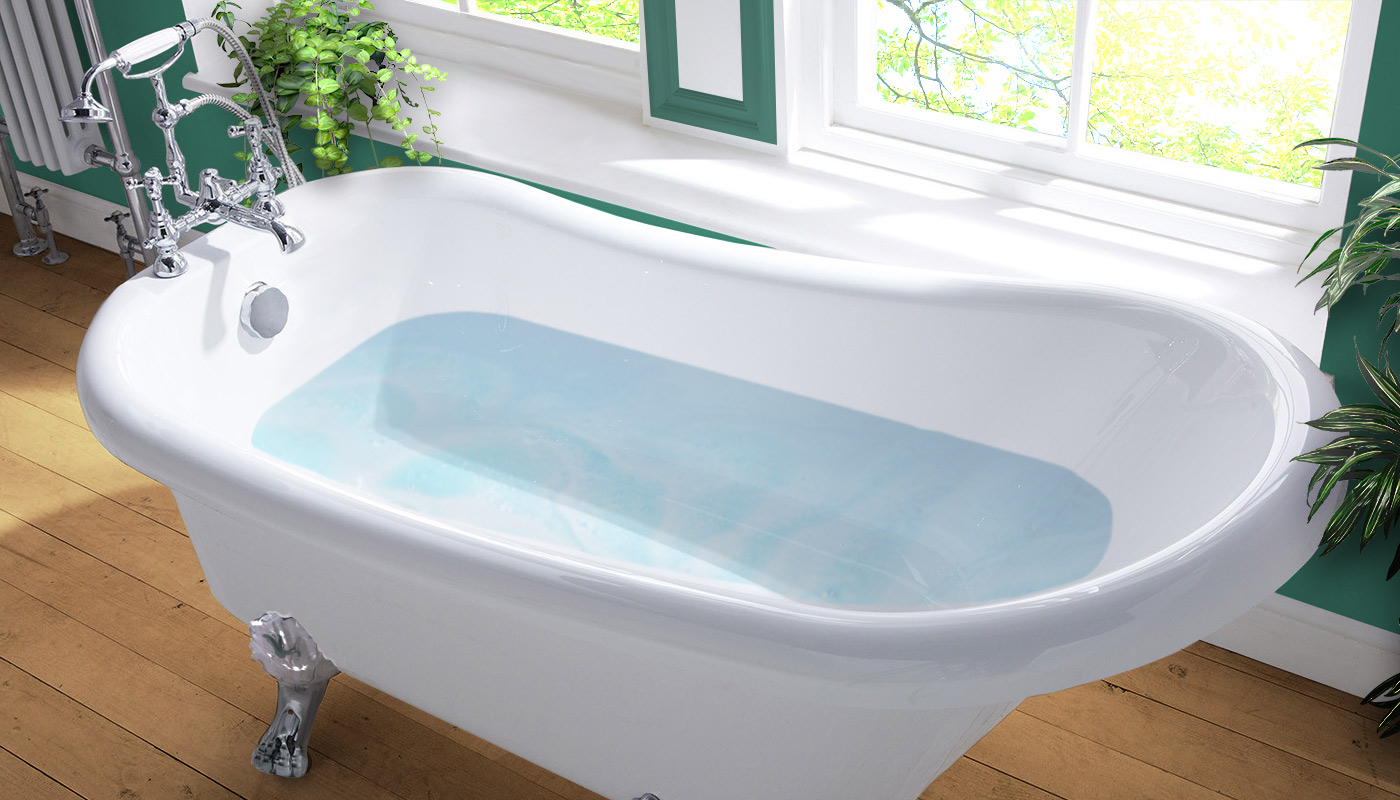
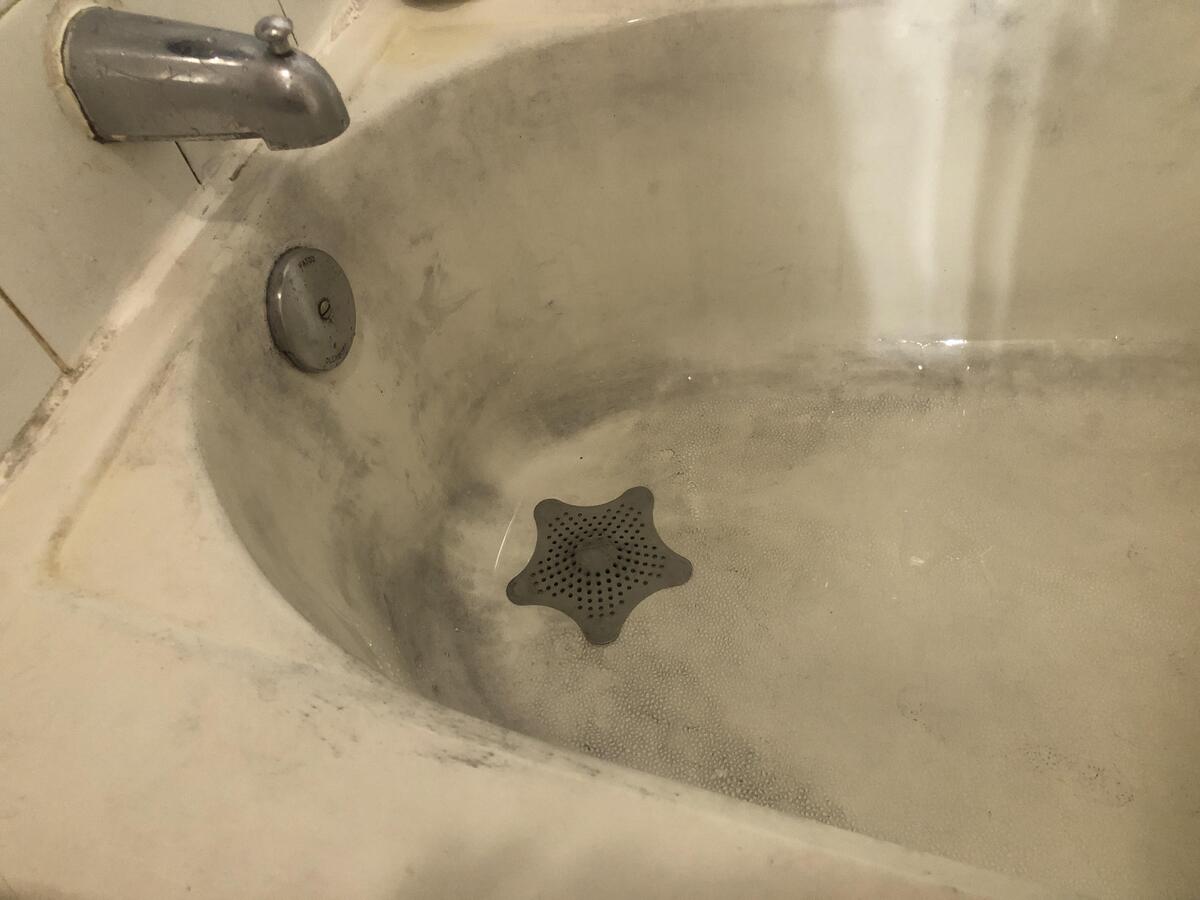
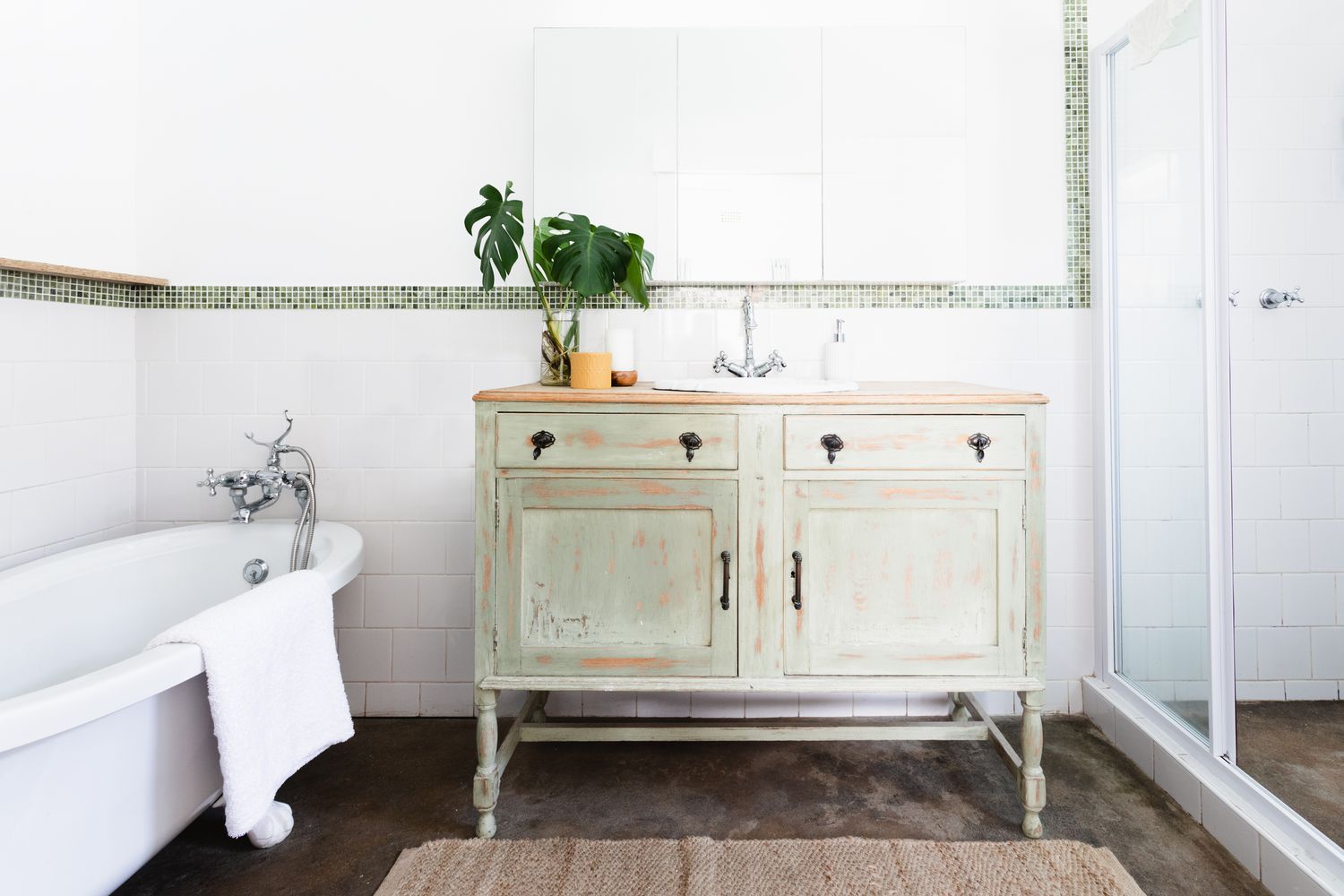
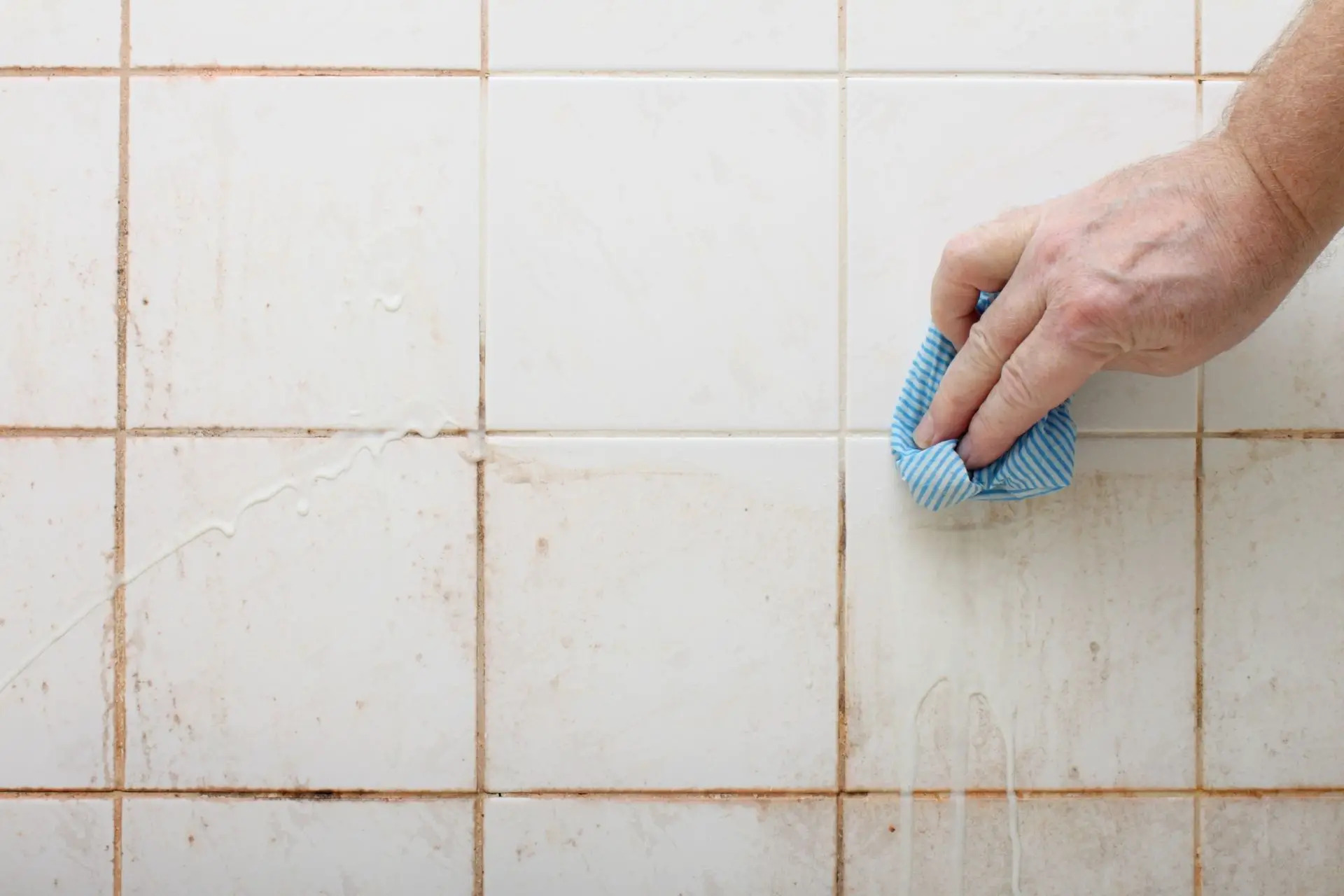

0 thoughts on “How To Get Rid Of Mold On Bathtub”